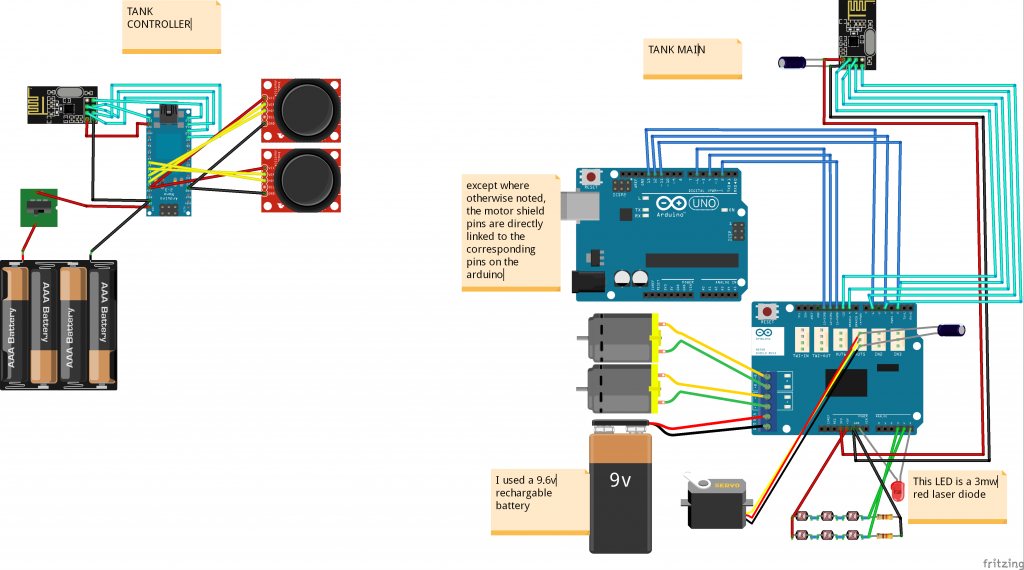Theo C.
Hi, I’m Theo and I am a rising sophomore at Dwight-Englewood School For my starter project I built the electronic d6 for my dungeons and dragons games. For my main/intensive project, I decided to build a pair of RC tanks that can play laser tag with each other. I chose this project because it promises to be an interesting build, but mostly because who doesn’t want to play with RC laser tanks? Just the words ‘RC laser tanks’ are cool enough to justify the project.
Throughout this program, I have learned how to program an Arduino, improved my soldering skills, and became much more confident in my ability to build complex projects by breaking down the big problems into individual goals and tasks. I also learned to work, troubleshoot, and solve problems independently.
Engineer
Theo C.
Area of Interest
Aeronautical Engineering
School
Dwight-Englewood School
Grade
Incoming Sophomore
Final Project
DOCUMENTATION:
GitHub Repository (Code, Circuit diagram file): https://github.com/theoHC/Laser-Tank
Circuit Diagram:




